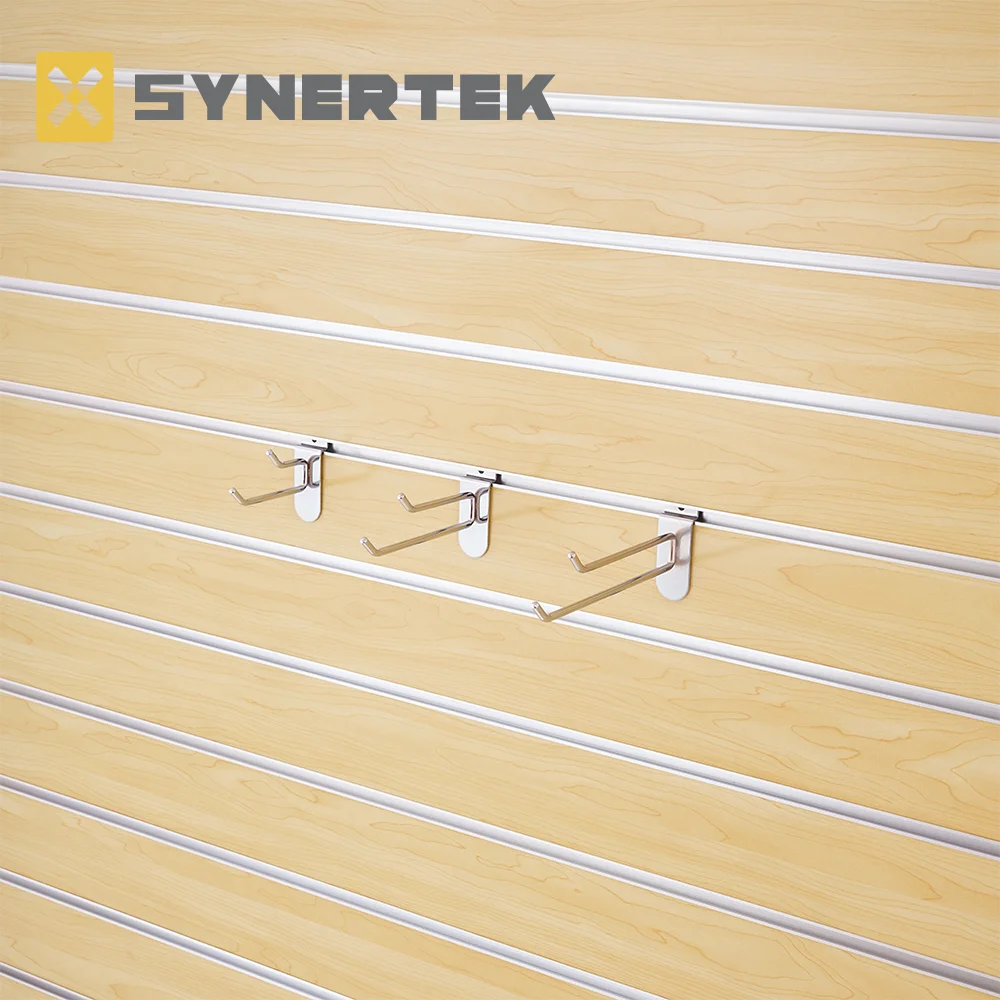Building an internal wall can be a transformative project for any home or commercial space. Whether you’re looking to create a new room, enhance privacy, or improve the overall layout of your property, understanding the costs involved is crucial. This article delves into the various factors that influence the cost of constructing an internal wall, providing homeowners and contractors with a detailed breakdown to help in budgeting and planning.
Understanding the Basics: Types of Internal Walls
Before diving into costs, it’s essential to understand the different types of internal walls you might consider:
- Stud Walls: These are the most common type of internal wall, constructed using wooden or metal studs. They are typically used for partitioning spaces and can be easily modified.
- Load-Bearing Walls: These walls support the weight of the structure above them. Altering or removing load-bearing walls requires careful planning and often a structural engineer’s input.
- Cavity Walls: These consist of two walls with a gap in between, providing insulation and soundproofing benefits.
- Plasterboard Walls: Also known as drywall, these walls are lightweight and easy to install, making them a popular choice for quick renovations.
Factors Influencing the Cost of Building an Internal Wall
The cost of building an internal wall can vary significantly based on several factors:
- Materials Used
The choice of materials is one of the most significant cost determinants. Here’s a breakdown of common materials:
- Studs: Wooden studs are generally less expensive than metal studs. However, metal studs may be preferable in areas prone to moisture.
- Drywall: Standard drywall is relatively inexpensive, but specialty boards (like moisture-resistant or soundproof drywall) can increase costs.
- Insulation: If soundproofing or thermal insulation is desired, this will add to the overall expense.
- Labor Costs
Labor costs can vary widely depending on your location and the complexity of the project. On average, labor can account for 30% to 50% of the total cost. Hiring a skilled contractor may ensure quality work but can also increase expenses. DIY projects can save money but require time and skill.
- Size and Complexity of the Wall
The size of the wall directly impacts material and labor costs. A simple, straight wall will be less expensive than a wall with multiple angles, openings for doors or windows, or additional features like built-in shelving.
- Permits and Regulations
Depending on your local building codes, you may need permits for constructing an internal wall, especially if it’s load-bearing. Permit fees can vary, so it’s essential to check with your local authorities.
- Finishing Touches
Finishing costs, including painting, trim, and any electrical work (if outlets are added), should also be factored into your budget. High-quality finishes can significantly increase the overall cost.
Estimated Costs: A Breakdown
To provide a clearer picture, here’s a rough estimate of costs associated with building an internal wall:
- Materials: $1.50 to $3.50 per square foot for standard drywall and studs.
- Labor: $40 to $70 per hour, with a typical wall taking 4 to 8 hours to complete.
- Permits: $50 to $200, depending on local regulations.
- Finishing: $1 to $3 per square foot for painting and trim.
For a standard 10x12 foot room, the total cost could range from $1,500 to $3,500, depending on the factors discussed.
Conclusion: Planning Your Internal Wall Project
Building an internal wall can be a cost-effective way to enhance your living or working space. By understanding the various factors that influence costs, you can make informed decisions that align with your budget and project goals. Whether you choose to hire a professional or take on the project yourself, careful planning and consideration of materials, labor, and finishing touches will ensure a successful outcome.





+ There are no comments
Add yours